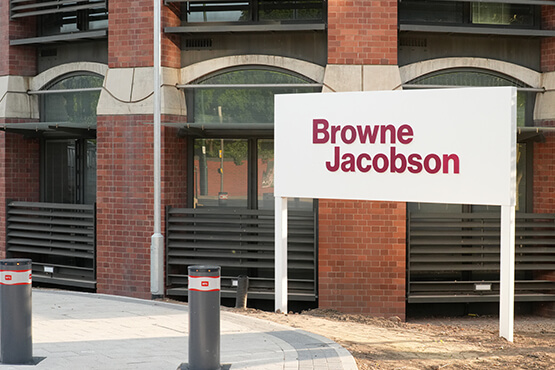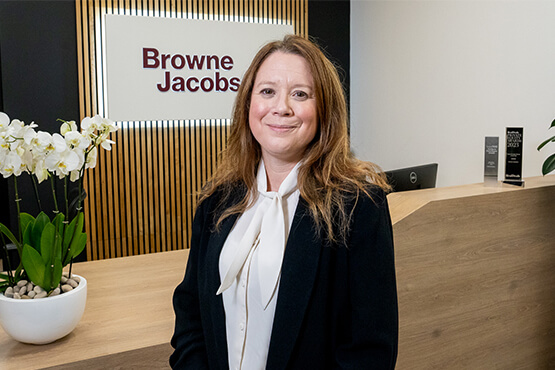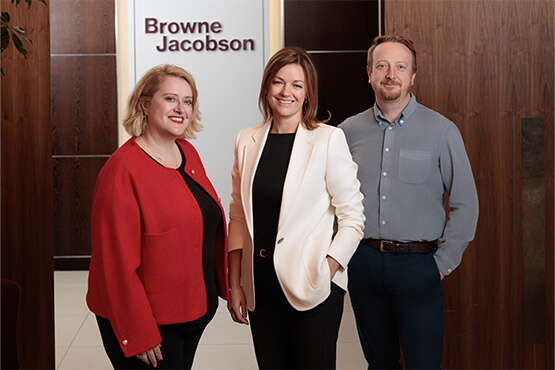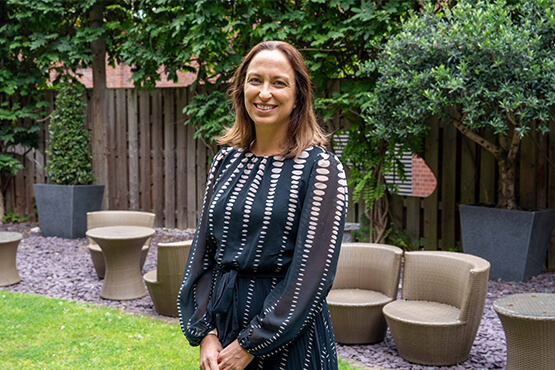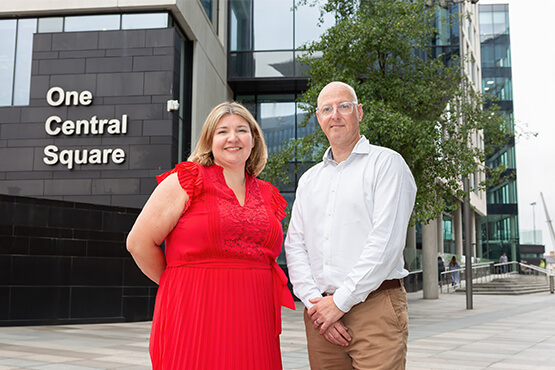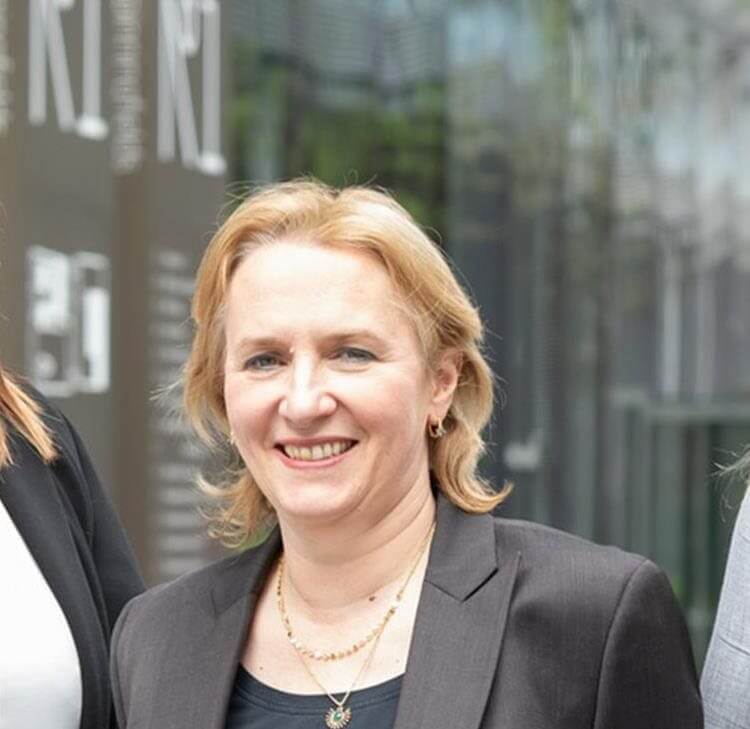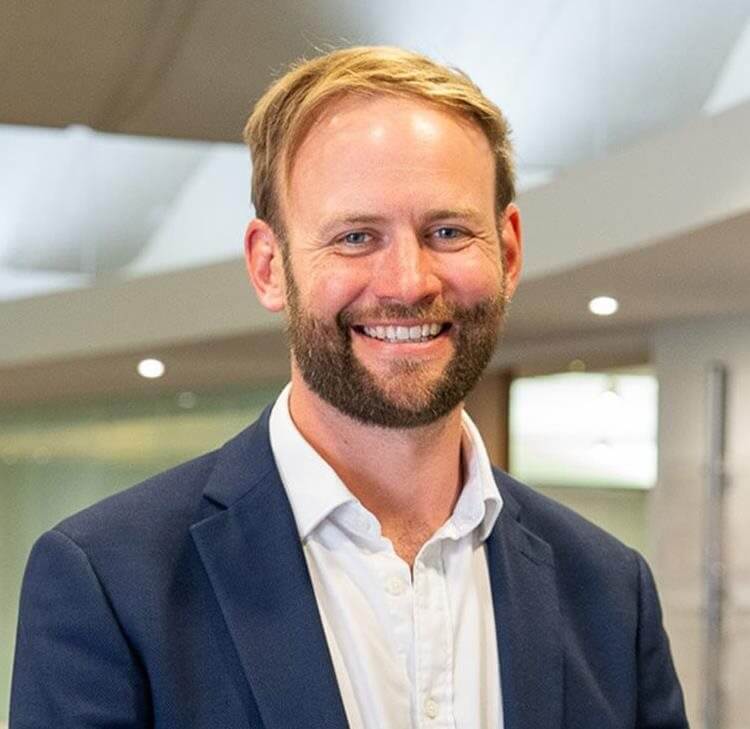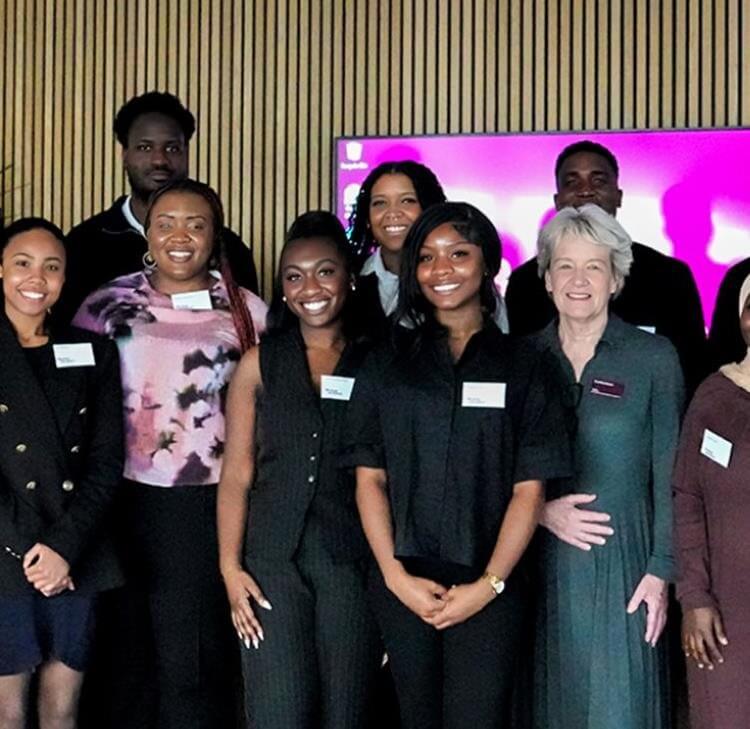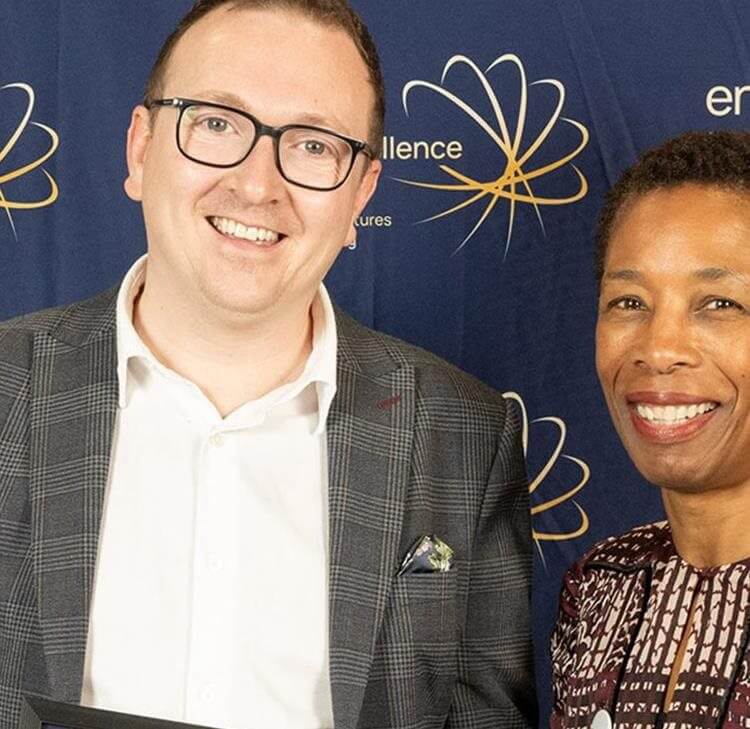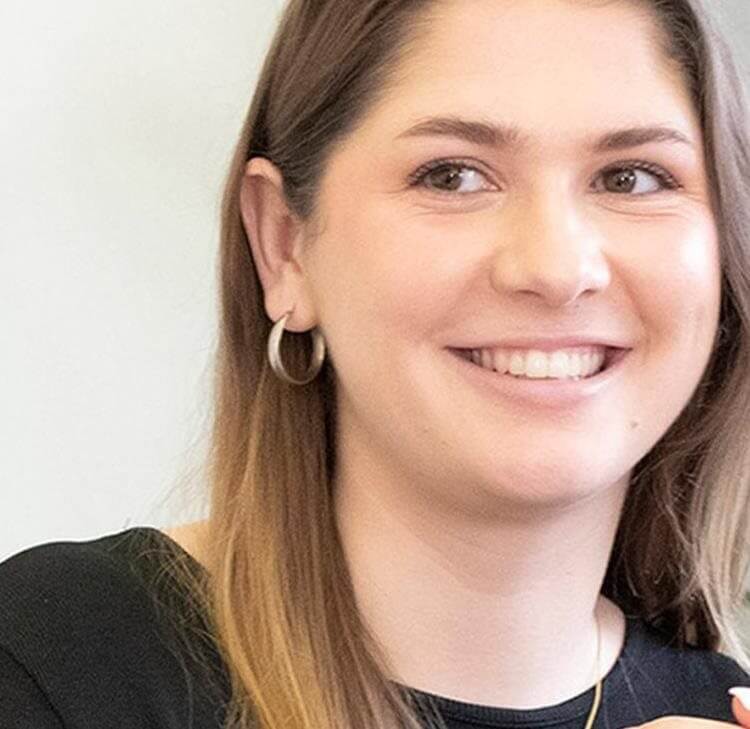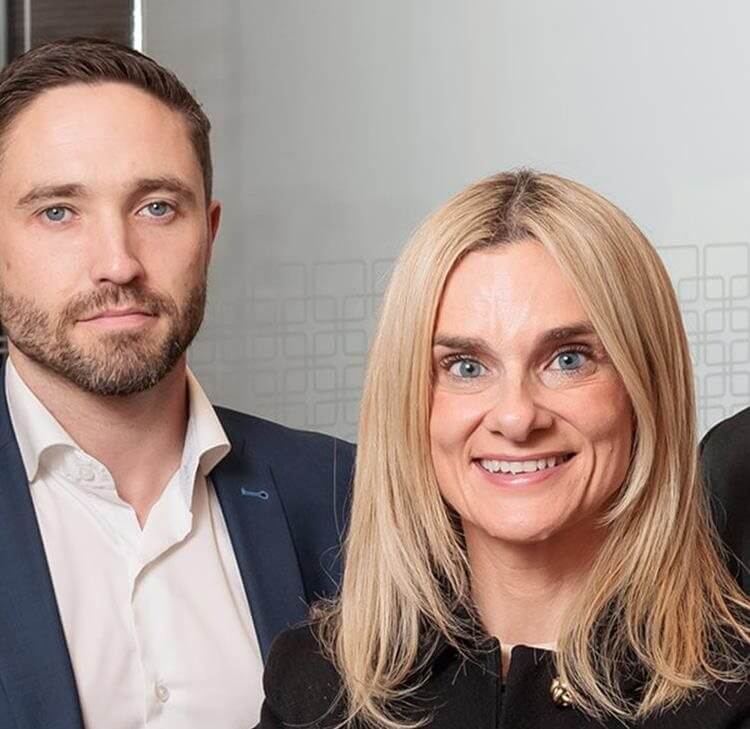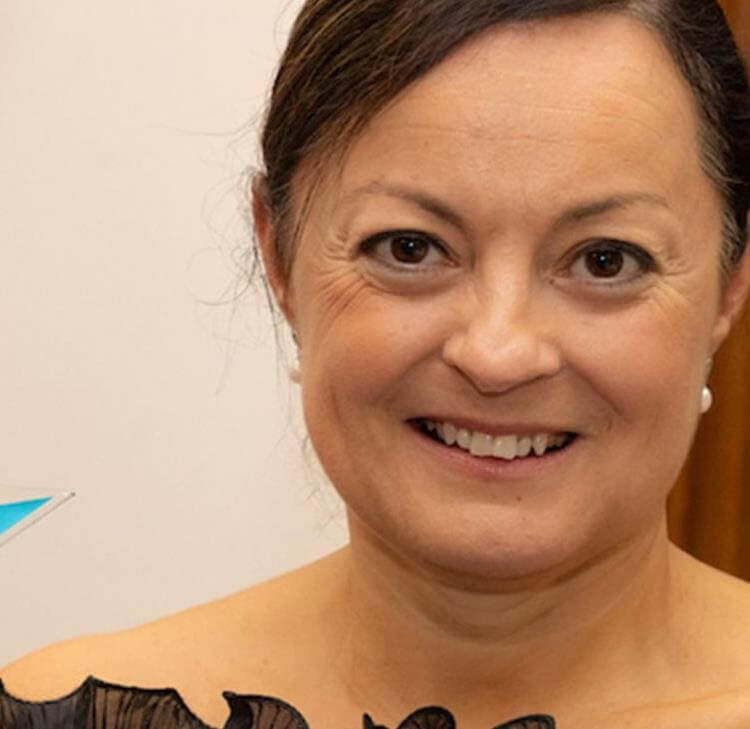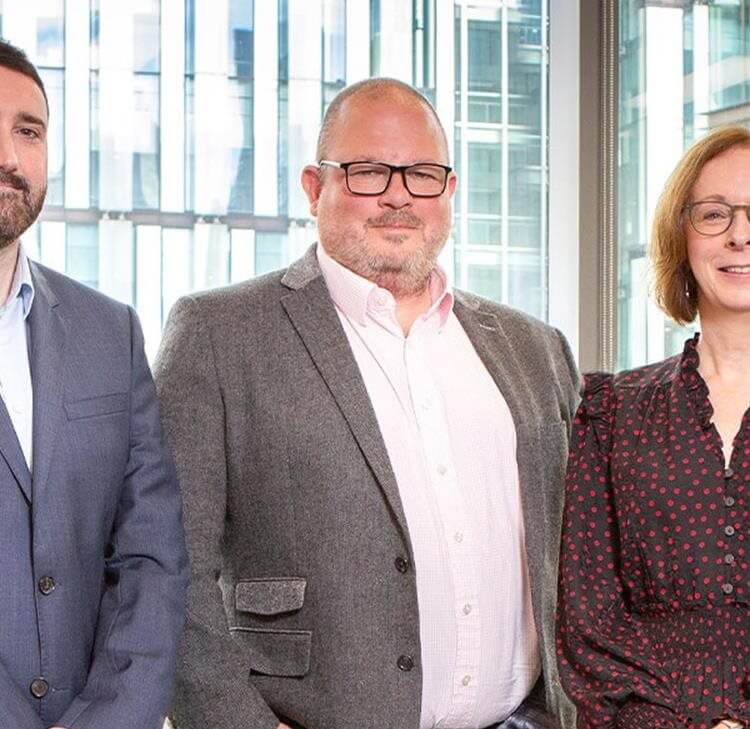We work with organisations to ensure they’re communicating clearly with customers. This helps them to reflect their values, comply with regulations, and stay ahead of the competition.
Regulators increasingly demand that customers actually understand customer-facing communications, and what’s being offered. We support organisations in communicating clearly and inclusively. Our policy wordings service, combining readability and plain numbers, has now been deployed across thousands of documents for over 30 insurers, and issued to over 7 million customers each year. We are now working to support other sectors, including health and housing.
Why clarity matters
Word choice, sentence length, use of visuals, and presentation of numbers all matter. It can give businesses a competitive edge, especially when brokers or customers favour what they can quickly make sense of, as well as meeting rules set by regulators.
Using clear language and numbers has a number of benefits:
- Understanding important details like eligibility criteria, limitations, and exclusions.
- Making quicker, confident choices, saving time and effort.
- Avoiding potentially life-changing mistakes caused by unclear information.
- Building stronger relationships and brand loyalty with businesses.
In the financial services sector, for example, the Financial Conduct Authority’s (FCA) Consumer Duty calls for firms to take steps to ensure that customers make sense of the products and services available to them. Failure to meet the Duty’s expectations can lead to regulatory scrutiny, reputational damage, and lower levels of customer trust. In April 2024, similar regulatory requirements were introduced into the social housing sector.
Readability
This may sound good in theory, but how do you know if your communications are actually accessible?
We’ve led the way on this since 2018, when we partnered with linguistics experts at the University of Nottingham to carry out an academic study into the readability of insurance policies.
We used digital tools and algorithms to create readability scores. Analysis was also carried out to identify less frequent words which could be replaced with more common words or phrases. Coupled with eye-tracking analysis to gauge which words or phrases caused difficulty for readers, the team were able to pinpoint where clear improvements could be made.
The research discovered the following:
- Policies reviewed required education to at least A-level (and in most cases graduate or postgraduate level) to be meaningfully understood.
- The least-readable policy tested was only clear to 13.4% of the UK adult population.
- Participants found it difficult to understand what was and wasn’t covered within the policies when given real-life scenarios (comprehension ranged from between 32% and 66%).
We determined that it was possible to reduce the reading age of the most difficult policy by 10 years from doctorate level to that of a Year 8 pupil (i.e. a 12-to-13-year-old). This increased the estimated percentage of the UK population that could understand the policy from 13.4% to 89% (becoming accessible to 40.4 million more people).
How clear are your policy wordings?
Plain numbers
Following our research with The University of Nottingham, we became the first and only law firm to partner with Plain Numbers, a social purpose company which helps organisations to communicate numbers in a way people actually understand.
The partnership is in line with our fair and pragmatic values and commitment to clear communications, which forms part of our social mobility approach.
Members of our firm are trained as Plain Numbers practitioners and are Plain Numbers champions.
Here’s how we work with businesses
Our policy wordings service, combining readability and Plain Numbers, has now been deployed across thousands of documents for over 30 insurers, and issued to over 7 million customers each year.
We’re proud of the impact we’re making, but we know there’s a long way to go in terms of readability and accessibility.
Many organisations have the desire to make their communications and documents clearer and more inclusive but struggle to know where to start. Even the smallest of changes can have a big impact, which is why we offer a fully flexible service. For some clients we do simple ‘health checks’; for others we act as an outsourced team on a retainer basis.
Here’s the typical process we follow with clients:
- We get to grips with what the client wants to achieve, both in terms of wording and visuals, which can also enhance understanding.
- We ask our clients for any particular styles or documents they like - or don’t like.
- We work with our clients to establish an ‘information hierarchy’. This ensures the most important information is given prominence.
- Less frequent words and phrases are identified and replaced with more common synonyms.
- We follow ‘The Plain Numbers approach’, incorporating techniques to present numerical information in a way that is proven to boost clarity.
- Our team drafts a small extract first to check the client is happy with the look and feel of the communications, and that it adheres to in-house style.
- We create a first draft. Once approved, it goes to our trusted behavioural insights company, which checks understanding and comprehension through randomised control trials of 1,000 participants.
- The new communications are rolled out, with significantly improved readability.
For clients looking for extra credibility, we can apply for the apply for the Plain Numbers Mark to be added to documents - showing customers and regulators that you’re serious about clear communication.
Paving the way
At Browne Jacobson, we’re keen to lead the way when it comes to accessible communications and are proud to have ranked joint top alongside PWC in the Social Mobility Foundation’s prestigious Social Mobility Index for 2024.
We aim to lead by example with our team having access to tools to check the readability of documents. Since 2022, we have also been part of a Knowledge Transfer Partnership (KTP) with the University of Nottingham, working together to change the way we write, speak, and use digital language to ensure we’re more diverse and inclusive as an employer.
Our KTP extends to client work, helping clients to understand how language can be unintentionally but significantly exclusive, working with them to reach their potential through inclusive drafting.
Highlight
Double success at FT Innovative Lawyers Europe 2025
Richard Medd, Managing Partner
"For businesses seeking legal partners who drive change rather than simply react to it, these awards provide compelling evidence of our firm’s capabilities. We consistently demonstrate how legal excellence combined with innovation can tackle complex challenges, while delivering positive social impact."Innovative law firm

Contact

Tim Johnson
Partner
Tim is the firm’s insurance sector lead. Tim advises insurers and intermediaries on insurance policy wordings, and the commercial and regulatory issues relating to the distribution of insurance products.
tim.johnson@brownejacobson.com
+44 (0)115 976 6557

Claire Stripp
Head of Knowledge and Learning
Claire is our Head of Knowledge Learning and a member of our People leadership team. Claire’s remit covers learning and development, knowledge management and legal AI.
claire.stripp@brownejacobson.com
+44 (0)330 045 2134




